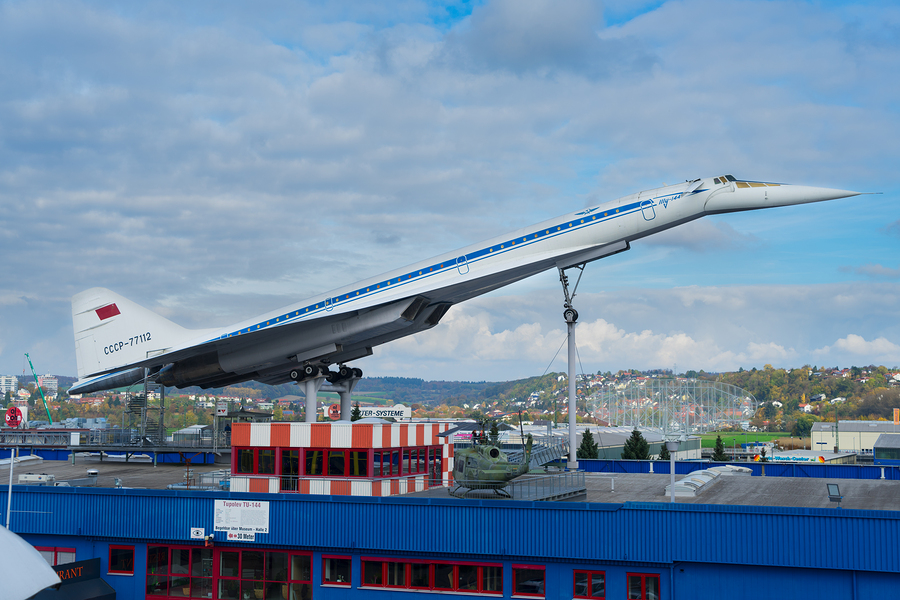Concorde nostalgics might have something to smile about: flights of supersonic aircraft will be announced within a few years by various companies from all over the world. Since the Great White Bird bowed out in 2003, the supersonic market is experiencing lively competition, has to overcome complex challenges and is displaying ambitious goals.
A benchmark to surpass
Born of a Frenco-British partnersihp (Sud-Aviation and BAC), the Concorde enjoyed its moment of glory for 27 years (1976 to 2003), until the company had difficulty recovering from the accident at takeoff in Paris in 2000 and suffered the full brunt of a significant fall in the number of its passengers after September 11. In addition to these two challenges, the company was also faced with two major difficulties – still relevant today. The first, the noise (90 dbA) is mainly caused by the sound barrier… so much so that the American Federal Aviation Administration prohibited it from flying over its territory. The second difficulty was the exorbitant cost of manufacturing and operation of the aircraft, particularly due to the very high consumption of jet fuel at both high and low speeds (take-off and landing).
Significant technological challenges
Like the Concorde, which contributed incredible technological innovations in its time, the engineers working on the new generation of supersonic aircraft are challenge their imagination, creativity and strategy so that the sound level is acceptable. To reduce the shock waves and limit their aggregation, some are working on the aircraft’s aerodynamics, while others are opting for the creation of clouds of charged particles (plasma) from an electromagnetic technology. As for the goal of cost reduction, various avenues are being explored: use of light materials such as carbon fibre or aluminum, reducing the number of passengers or replacing the windows, which are expensive to install, with walls which still allow seeing outside.
Ever more ambitious projects
Newly created in 2014, Boom announced the flight of its prototype in 2018, of the supersonic aircraft in 2020, and envisages a Paris-NewYork flight in 3.5 hours. The company’s ambition could make its competitors pale: to offer 500 links and sell 1300 aircraft in the first ten years of marketing and, in the longer term, to be able to link any city in the world in less than 5 hours and for less than $100! As for Lapcat – backed by the European Space Agency and the British government – it is proposing a Paris-Sydney route in less than 4 hours, a flight of 17,000km at 6200km/h. Enough to make your head spin! The key to such an exploit is found in the engine, developed by Reaction Engines, which would combine jet engine technology with the rocket propulsion system. Not to mention Aerion, associated with the General Electric engine manufacturer, which is working on a 12 passenger aircraft to connect Paris with Washington in 3 hours and which aims to sell 600 aircraft over 20 years. And the list goes on…
Valued at no less than 260 billion dollars in ten years, the supersonic market is in full swing. It is an opportunity for the many players who would like to have a piece of the pie, namely 1,300 supersonic aircraft to be shared out, unless a single builder stands out…
